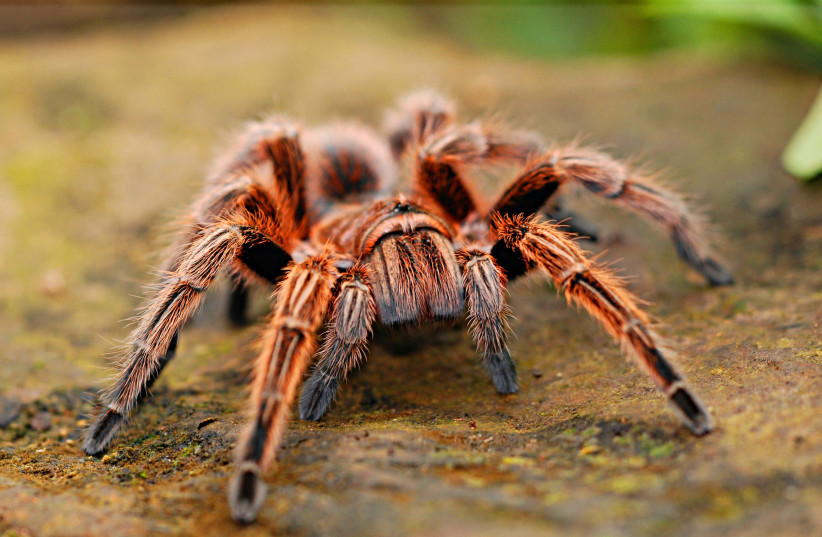In recent videos, Andrew W. Legan, Ph.D., a biologist on the social media platform TikTok, showcased the effects of tarantula hawk wasp venom on a tarantula.
“On June 13th, I collected a tarantula that had been paralyzed by a hawk wasp,” Legan says. “I wrote one of my first grant proposals about this wasp in 2015, and I couldn’t resist studying the tarantula’s recovery.”
The paralytic effects of the wasp's venom turned out to be remarkably potent. Immediately after the wasp stung the tarantula, aside from some brief leg twitching, the arachnid was completely paralyzed.
“In the wild, the immobilized spider would have been eaten alive by the wasp’s offspring during the first week. Since I collected the tarantula before an egg was laid, I could follow the tarantula’s recovery in my lab,” Legan explains.
A month later, the tarantula was still paralyzed. In fact, depending on the species of wasp, a tarantula may remain immobile for far longer.

“ A review article compared different species of spider wasps, and tarantulas stung by tarantula hawk wasps in the Pepsis genus can take up to eight months to recover.”
Despite being the smaller of the two, the wasp completely outclasses its eight-legged opponent. Its assault on the tarantula is fast, brutal, and effective.
“These wasps usually first disarm the spider of its most ‘powerful weapon,’ the fangs with multiple stings into the cephalothorax, but sometimes directly in the mouth,” Legan says. “After this stinging sequence, the spider is totally paralyzed, which allows the wasp to drag the spider back to the nest.”
Why does the wasp do this?
Usually, in the wild, after the wasp has immobilized the tarantula, the wasp will drag it back to the nest and lay an egg on the tarantula’s abdomen. It will then seal the nest up, trapping the already paralyzed tarantula further. Over the coming days, the egg hatches, and the wasp larvae, safe inside the nest, will eat the unfortunate tarantula alive.
